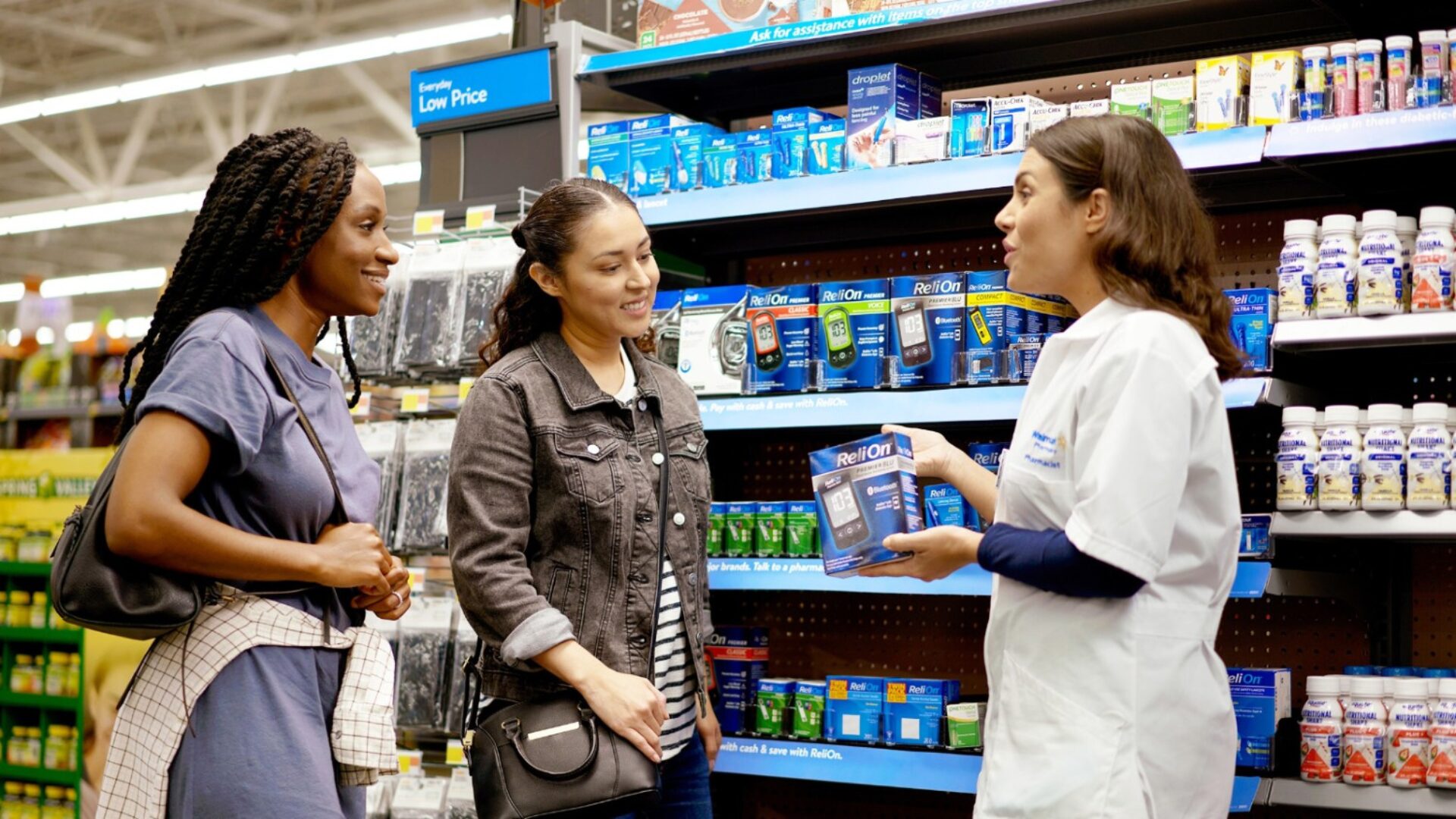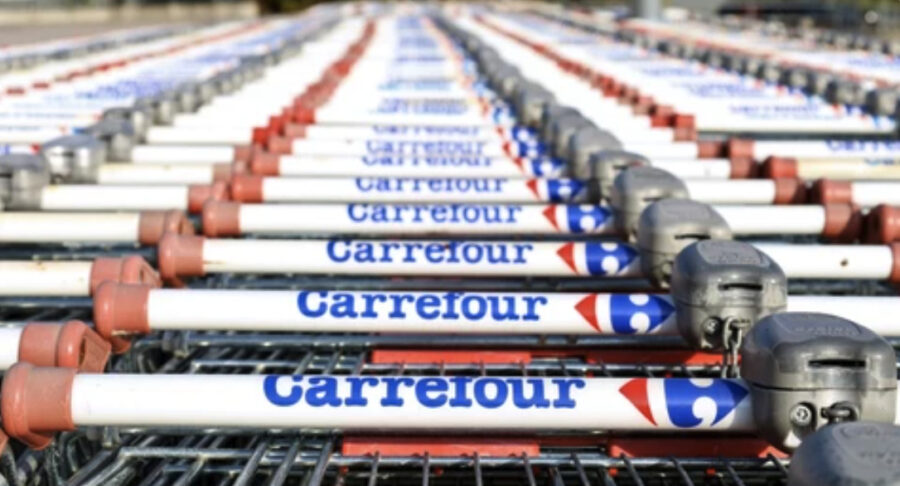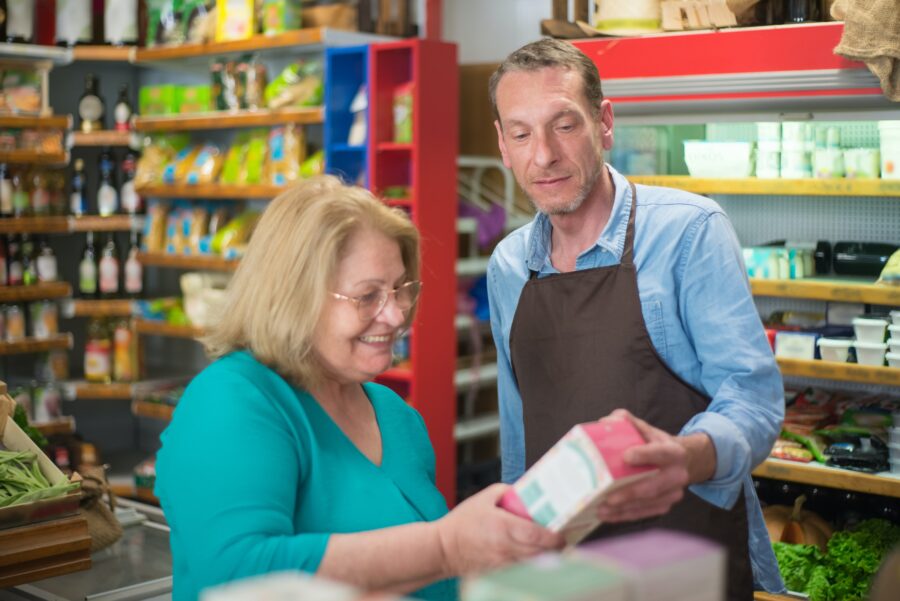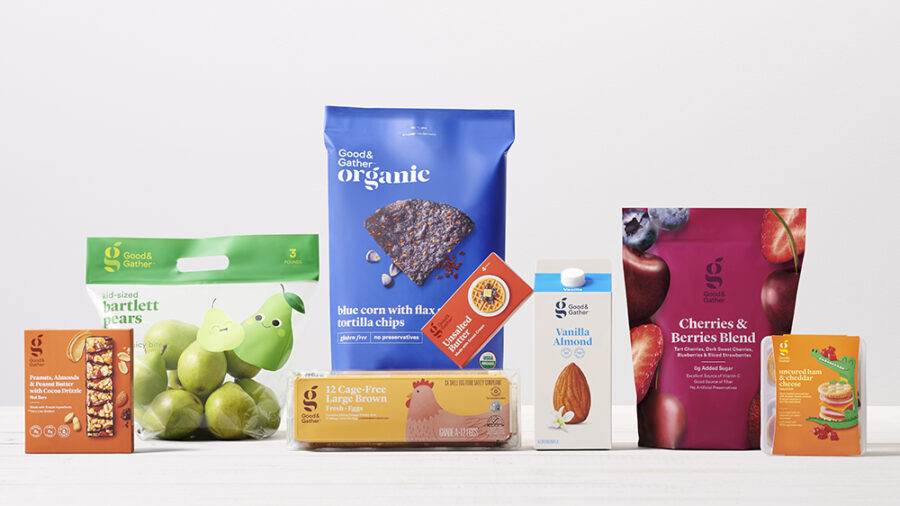To better meet demand for growing online sales, America’s top grocers are building mini-warehouses and “dark stores,” reported CNN (Oct. 31).
Similar to what are known as “ghost kitchens” in foodservice, these locations are closed to customers, only used to make deliveries and prepare pickup orders. Walmart, Albertsons, Stop & Shop, Meijer and Hy-Vee are among companies building such locations, which look like traditional supermarkets.
Over half of food retailers manage digital commerce and fulfillment internally while 42% outsource the entire process to third-party vendor, a Food Marketing Institute report found.
Walmart trained over 30,000 workers to fulfill online orders. However, this sometimes led to congested aisles with workers in stores during peak shopping hours.
For the 42% that partner with third-party services, there are often “as many people selecting for Instacart as there are customers,” according to Bill Bishop, co-founder of Brick Meets Click.
Using workers to manually pick, bag and deliver orders is expensive for grocers, on top of already tight grocery margins, causing them to turn to technology to reduce costs and clear up the aisles.
Albertson’s and Stop & Shop are testing automated “micro-fulfillment centers” in their own stores that are dedicated to fulfilling deliveries and pickups. Albertson’s is even using robots at two stores to prepare customers’ orders.
Meijer revealed it would also begin testing micro-fulfillment with logistics company Demantic. “This micro-fulfillment technology will allow us to maximize space in our stores, help us expand our online shopping options and ultimately keep pace with consumer demand for personalized shopping solutions that puts their shopping preferences first,” said Sid Handa, director of strategic supply chain initiatives for Meijer.
Meanwhile, Walmart is piloting a system with autonomous carts that gather customers’ orders and bring them to Walmart workers who prepare them for delivery or pickup. The company also recently opened Walmart Pickup Point, a 40,000-sq. ft. prototype where customers drive up to designated parking spots and Walmart worker loads up their trunk with their orders.
Deliveries can also be made from the location, which is outside of Chicago at a former Dominick’s grocery store. Inside, it appears similar to a traditional Walmart with groceries and everyday items, but customers won’t be allowed inside.
Iowa-based Hy-Vee is testing out four dark stores of its own. The locations are designed to fill orders while allowing traditional stores to “continue to serve the needs of those who enjoy the in-store experience,” the Hy-Vee spokesperson said.










